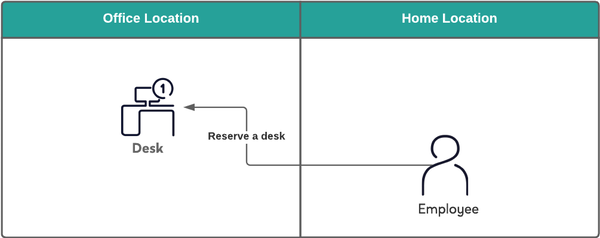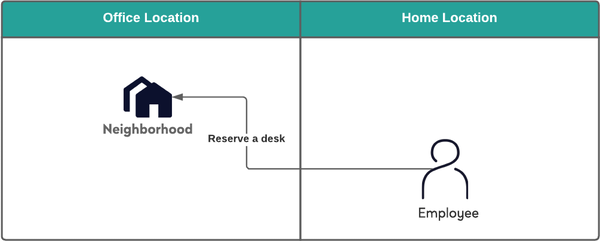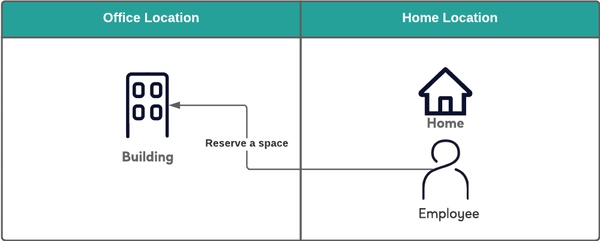Understand your Employee's Seat Classification
Space Planners maintain your employees' seat classifications, which help identify where the employee works.
Watch the Video
Audio: Sound Video Length: 2:02 minutes
Learn more
The seat classifications are:
Assigned
A user (employee) who has an assigned seat location and is usually in the office most days of the week.
Reserve
If your organization requires a desk to be reserved or booked, then reservation rules can be set up so that they will reserve a desk when they come into the office.
Moves
- If you need to assign a person a seat, then you will need to move them to the space.
- If that person needs to have an assigned seat in a neighborhood, then you will be able to move then to a neighborhood space. For example, when you have a technical support team that works across a floor but you want your employees to be able to walk up to a central-located support desk.

Hybrid
The user (employee) is assigned to a neighborhood, as they usually they split their time between home and the office. Neighborhood spaces are used to create flexible seating. When you have flexible seating, then the seating is fluid and no seats are assigned and employees can sit anywhere in the allocated spaces. Also, neighborhoods let you have an employee-to-space ratio that is greater than the 1 employee to 1 space.
Your Space Planners can create neighborhoods and if needed, update the target ratios. If you want to learn more about neighborhoods, then read Understand your Departments and Neighborhoods.
Reserve
If your organization requires a desk to be reserved or booked in a neighborhood, then reservation rules can be set up so that the employee will reserve a desk when they come into the office.

Remote
The user (employee) does not require a seat or neighborhood assignment, as usually they do not come in to the office. You Administrator can update a user to be remote.
Reserve
If the employee does come into an office, then they can reserve a space.

Remember, the user's access is based on the permissions defined within each module's center, such as Customer, Operator, Site Administrator and the User Permission Matrix contains the permissions details.
